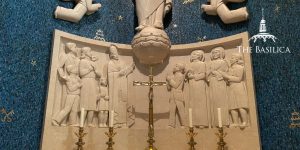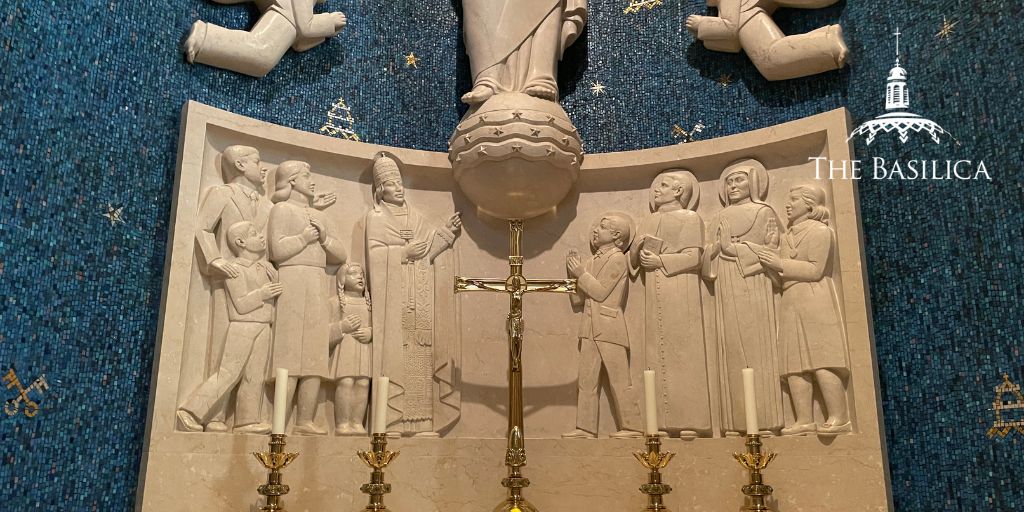
Although Pope Pius IX’s pontificacy was wrought with political turmoil and ultimately resulted in a major transition in the governing role of the papacy, he led with an attitude of peace and understanding. Learn more about this 19th century pope, and the legacy left by his historic pontificate.
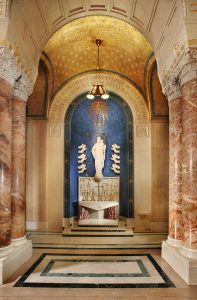
Early Life
Born in Senigallia, Italy on May 13, 1792, as Giovanni Maria, the Blessed Pope Pius IX was the son of Count Mastai Farretti and Countess Caterina Solazzi. From a very young age, Giovanni showed a proclivity for religious life, and while he suffered from multiple physical setbacks, he was a clever young man who pursued his interests in spite of these difficulties.
At the age of 17, he went to Rome to further his schooling, but he was forced to pause his studies three years later due to the onset of a serious illness, which historians believe may have been epilepsy. He was later admitted to the Pontifical Guard, but once again, complications with his disease led him to be discharged.
Drawn to Ministry
Undeterred from his desire to be involved in ministry work, Giovanni began to study theology once more, this time at the Roman Seminary. In 1819, he was ordained as a priest, and his first Mass was celebrated at the Church of St. Anne of the Carpenters, where he served as rector until 1823. For the following two years, he served with the Apostolic Nuncio in Chile, and then was elected President of St. Michael’s Hospice.
In 1827, Giovanni became Archbishop of Spoleto, where he soon dealt with the revolution in the region. He did his best to minimize the terrible effects of the violence, and obtained many pardons for participants in its wake. Five years later, he was transferred to Imola, and in 1840, he became a Cardinal.
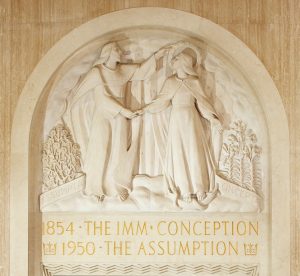
Pope During a Time of Tumult
After faithfully serving in a variety of ministry positions, Giovanni was elected pope on June 16, 1846, when he took the name of Pius IX. One of his first actions as pope was to grant amnesty to political enemies. In his first Encyclical, he condemned communism, secret societies, and freemasonry. He also formed a laymen advisory council and established a civic guard, trying to strike a balance between tradition and reform.
But though he sympathized with Italian independence, radicals incited violence and demanded a constitutional government, war against Austria, and laicization of the ministry. Pius IX conceded to two of their demands, promising a lay ministry and creating a constitution. However, he insisted on maintaining peaceful relations with Austria.
Unfortunately, hostilities escalated. The Italian prime minister Pellegrino Rossi was stabbed to death on the steps of the Cancelleria, and papal prelate Palma was shot. Afraid for his life, Pope Pius IX escaped in disguise, fleeing to Gaëta in November of 1848. When he finally returned to Rome over a year later, his rule continued to be characterized by political struggle.
Immaculate Conception and Other Important Doctrines
One of the primary doctrines that Pope Pius IX was known for was the dogma of the Immaculate Conception, which he defined in December of 1854:
“The most Blessed Virgin Mary was, from the first moment of her conception, by a singular grace and privilege of almighty God and by virtue of the merits of Jesus Christ, Savior of the human race, preserved immune from all stain of original sin.”
He was very passionate about devotion to the Sacred Heart, instituting it as a global feast day and dedicating it in September of 1856.
In 1869, he held the first Vatican Ecumenical Council, during which papal infallibility was made a dogma of the Church.
Pope Pius IX’s Legacy
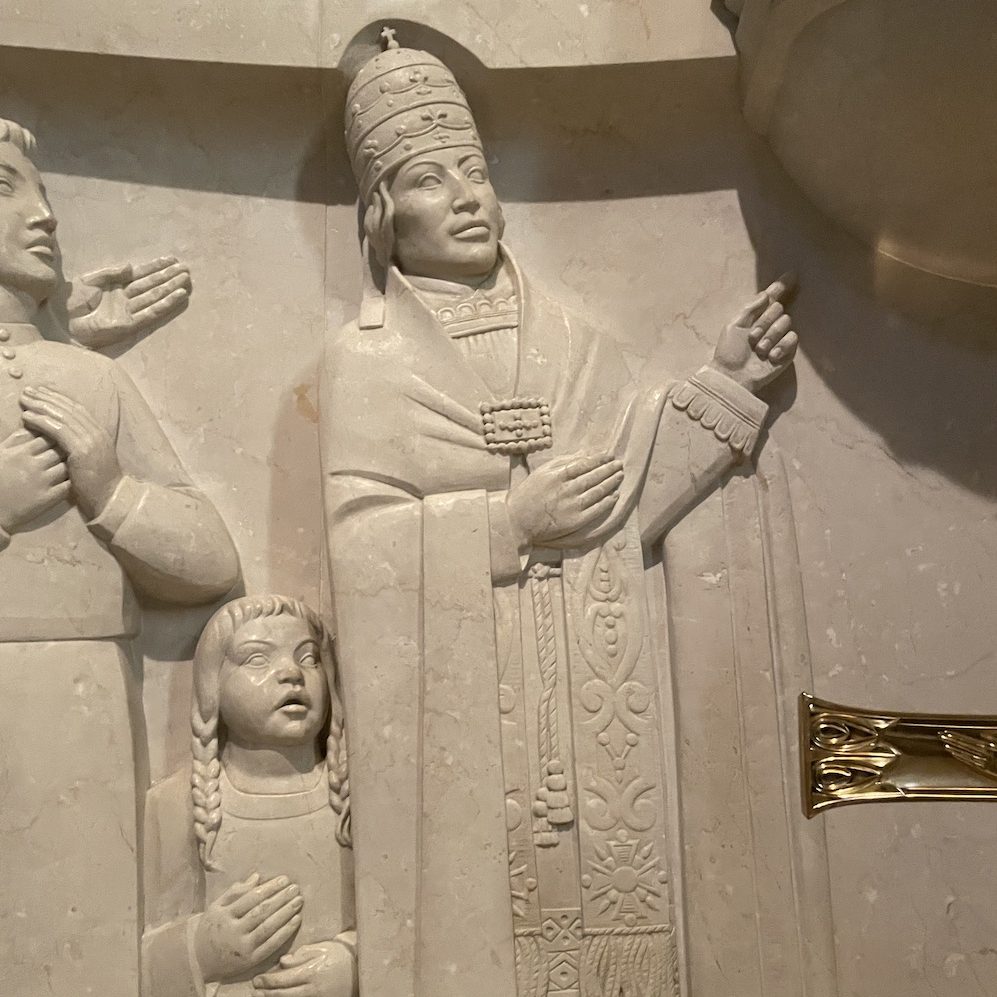
Pope Pius IX’s pontificate was the longest in history, taking place over 32 years, and saw the beginning of the transition of the papacy from a both political and spiritual position to one that focused more solely on spiritual matters. He passed away on February 7, 1878, and was beatified in September 2000.
At Basilica, he is found in the Mary, Help of Christians Chapel. Pius IX also has a unique connection to the Basilica, as he granted the designation of Mary as the patroness of the United States under her title of the Immaculate Conception in 1847.
Sources:
“Pius IX,” Britannica
“Pope Pius IX,” New Advent
“Pope Pius IX,” The Vatican

